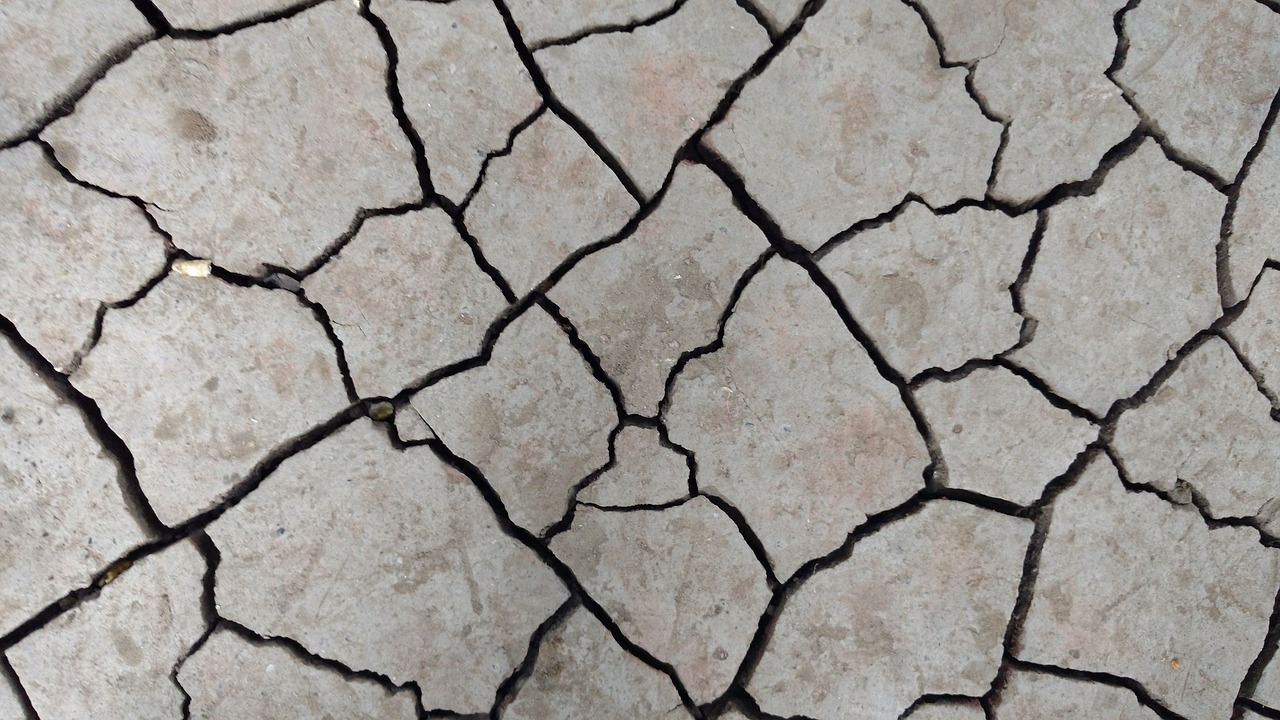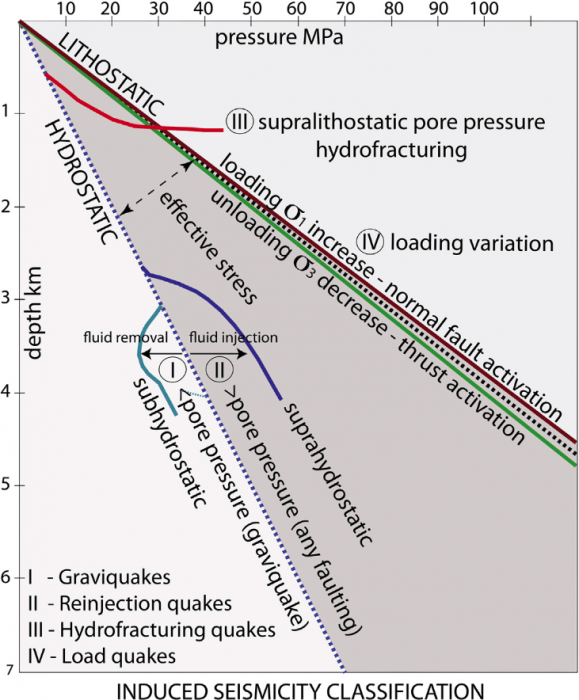
In the sixties and seventies of the last century, Raileigh and coworkers experimented with the injection of fluids in the subsurface of Colorado, aiming to control earthquakes. Their goal was to lubricate faults in order to induce and trigger small-size earthquakes rather than to be struck by the “big one.” The project was abandoned, but they proved how fluid injection can generate seismicity.
The story was resurrected during the last decade, especially in Oklahoma, the Netherlands, and other areas of the world where industrial activities were accused of stimulating earthquakes due to the exploitation of hydrocarbon. The original idea to inhibit the violence of nature was turned into lawsuits against industries. In fact, it became more and more evident that sites where large fluid injections or event gas extraction occurred may actually provoke earthquakes. Usually, this seismicity is of very low magnitude, but major earthquakes have also been believed to be triggered by oil companies’ activities or by water storage dams.
The Earth’s crust, especially near plate boundaries, is considered to be in a critical state of stress, and small perturbations may generate fault motions and earthquakes. It has been now well-proved by Keranen and coauthors that a large amount of wastewater injection was the cause of Oklahoma’s increase in seismicity since 2008, culminating in the 2011 M 5.7 earthquake. Several outstanding scientists, such as Marco Zoback, Artur McGarr, and Bill Ellsworth, have shown in a number of publications the relationship between industrial activities and seismicity. However, a classification of the different types of settings is required in order to establish caution levels of activities.
Paracelsus, a Swiss-Italian scientist (1493-1541) wisely suggested that “the dose makes the poison”: every substance or action may be either safe or dangerous as a function of its amount. Even water over a given amount may kill the human body. In a recent article (2018), it was pointed out that induced seismicity may be generated in different ways as a function of the amount and pressure of fluid injection, extraction of loaded/removal with respect to the natural lithostatic load, and the hydrostatic pressure in the subsoil. In order to adopt the best safety procedures, man-made earthquakes should be differentiated as a function of their origin.

Image republished from Elsevier open access journal article: https://doi.org/10.1016/j.gsf.2017.11.015
At least four different types of settings can be recognized in which anthropogenic activities may generate seismicity. Earthquakes of variable (mostly very low) magnitude can be due to 1) the exploitation of fluids that imply compaction of rocks and collapse of the overlying crustal volume, 2) the injection of fluids that decrease the strength of rocks, 3) the loading or unloading of the crust that can stimulate alternatively extensional or contractional earthquakes, and 4) the injection of fluids at pressure higher than the load of rocks in order to generate hydrofracturing.
Therefore, yes, induced and triggered seismicity exist, but a compromise is possible between industrial activities in oil and gas or geothermal activities if the original natural pressures in the different tectonic and crustal settings are left unperturbed beneath a given threshold, as Paracelsus wittily indicated.
These findings are described in the article entitled A classification of induced seismicity, recently published in the journal Geoscience Frontiers.









